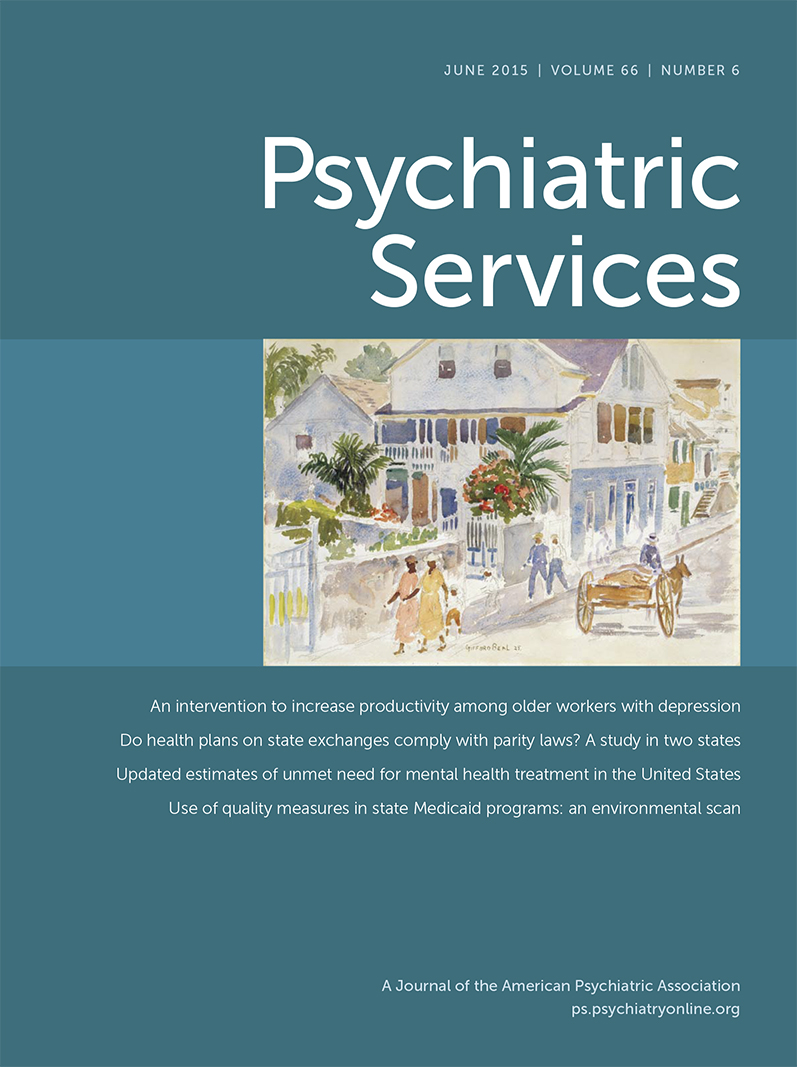Life Changes Among Homeless Persons With Mental Illness: A Longitudinal Study of Housing First and Usual Treatment
Abstract
Objective:
This study compared the life changes of homeless people with mental illness participating in Housing First or treatment as usual and examined factors related to various changes.
Methods:
Semistructured narrative interviews were conducted with 219 participants in five Canadian cities at baseline; 197 were interviewed again at 18 months after random assignment to Housing First (N=119) or treatment as usual (N=78). Interviews were coded across 13 life domains, and each participant was categorized as reporting positive, mixed-neutral, or negative changes. Housing First and treatment as usual participants were compared with respect to change patterns. Thematic analysis was used to examine factors related to various changes.
Results:
The percentage of participants in Housing First reporting positive changes was more than double that for participants in treatment as usual, and treatment as usual participants were four times more likely than Housing First participants to report negative changes. Factors related to positive changes included having stable good-quality housing, increased control over substance use, positive relationships and social support, and valued social roles. Factors related to negative changes included precarious housing, negative social contacts, isolation, heavy substance use, and hopelessness. Factors related to mixed-neutral changes were similar to those for participants reporting negative changes but were less intense.
Conclusions:
Housing First with intensive support was related to more positive changes among homeless adults with mental illness across five Canadian cities. Those with poor housing or support, more common in treatment as usual, continued to struggle. These findings are relevant for services and social change to benefit this population.




